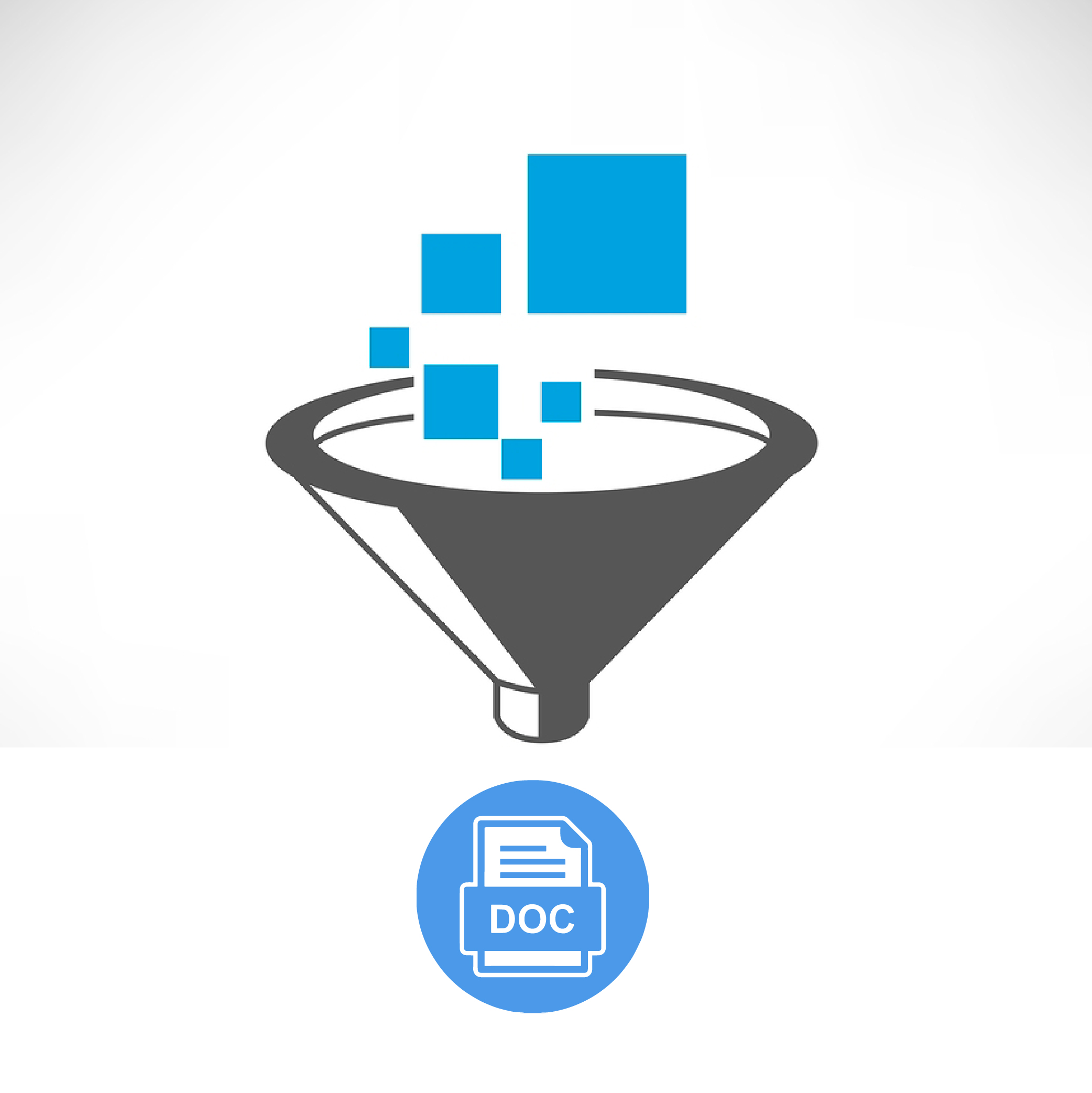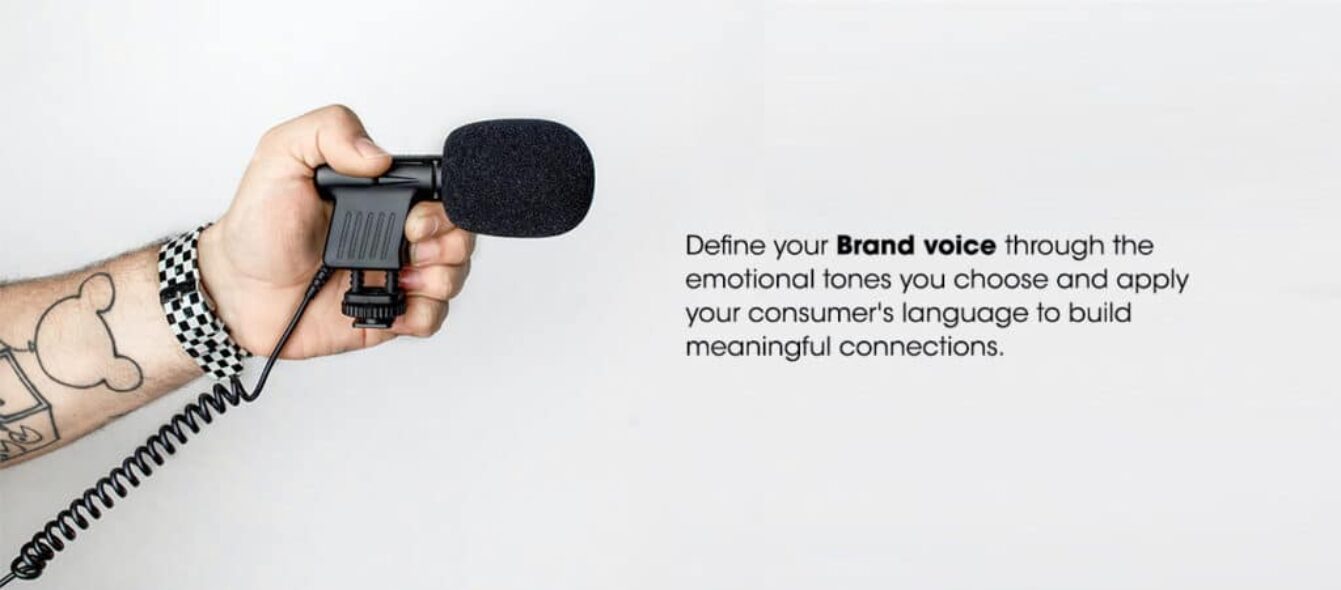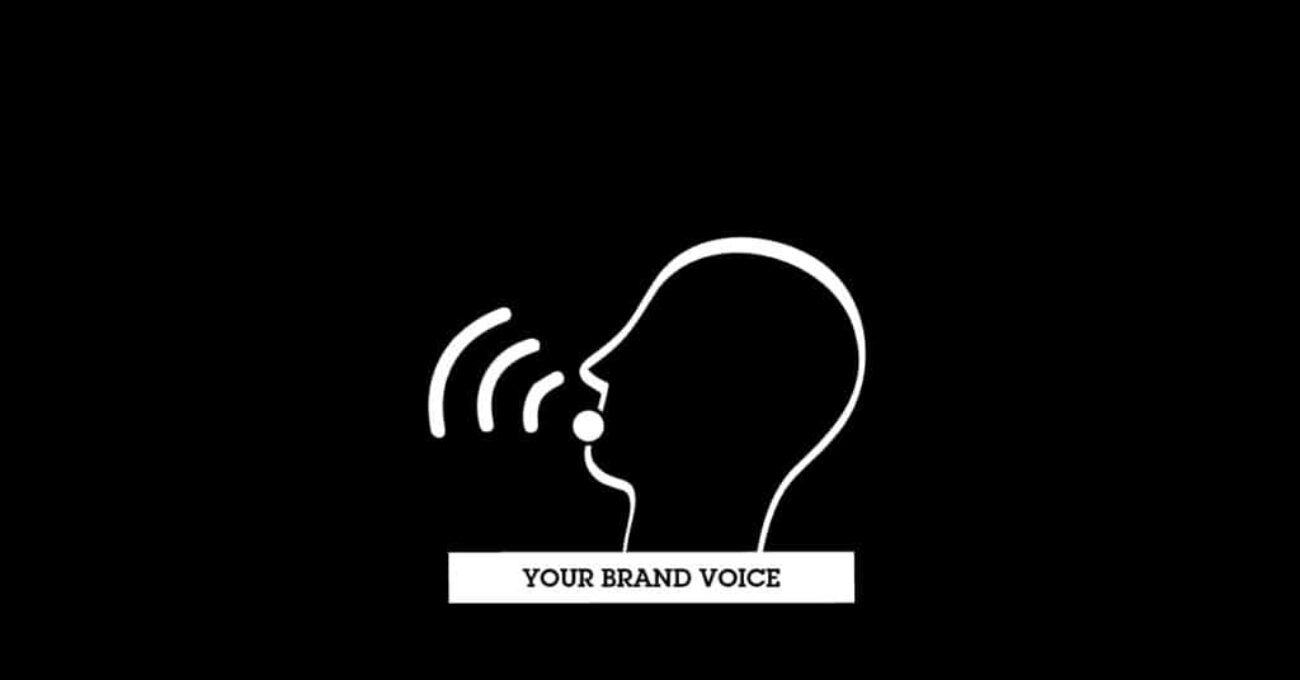3 Easy to Follow Steps to Create a Brand Voice that Speaks your Consumer’s Language
Read Time: 9 Minutes
Introduction
Have you ever considered why a brand’s Voice, tone, and language are so important?
If people came across your content without seeing your logo, would they be able to tell it was from your brand? What if they saw your content in different places? Would they know it all comes from the same place? That’s where a brand voice comes in! It’s your unique personality and style to communicate with your customers. This consistency helps your brand become recognizable, trustworthy, and an expert in its field. Plus, a consistent brand voice and vocabulary are essential to success if you want to localize your content or create an intelligent content strategy.
This blog will help you create YOUR BRAND Voice, Tone AnD Language
Establishing a unique “Brand Voice” through this blog is an effective strategy to foster a strong bond with your customers and readers. Discovering your brand’s voice allows you to communicate with your consumers in a relatable and understandable manner.
What is a Brand Tone of Voice?
A ‘Brand Voice’ is the way that a company speaks with its customers and audience! It’s part your brand’s personality, the what makes it unique, and the character and traits associated with the brand. The Brand Voice maintains these character traits through the use of tone and language. This makes the consumer feel like the company is speaking directly to them in a relatable and friendly manner.
No matter the platform, the brand voice remains consistent; however, the tone will change to best fit the different communication channels like; blog posts, website pages, video content, and social media posts. This consistency will ensure you develop a connection between the brand and the consumer, creating a lasting relationship.
But, isn’t a brand’s voice, tone and brand personailty the same thing?
No way! They might be related, but Voice and Tone are definitely different from a brand’s Personality. Think of it like this: your brand’s Personality is the overall impression you want to make on people, while Voice and Tone help make up the Personality by providing specific details and instructions. To make a strong statement, you need both Voice and Tone, as well as Language to uphold the brand Personality you’re aiming for.
Difference between a Brand’s Voice, Tone, Language, and Brand Personality
Your brand voice is one component of your overall brand personality. It will include words that highlight the voice through tone and language. It’s a way for your employees to speak with your audience on behalf of the company. It also embodies your Brand’s “unique perspective.
Understanding the Brand’s voice, tone, language, and personality can be a piece of cake! Think of Brand Personality as the unique qualities and character that make the brand seem more human. The Brand Voice, on the other hand, is the way that the brand talks to its customers, while still staying true to its personality. Easy peasy, right?

To put it simply, the Brand Voice is made up of two key elements – Tone and Language. Tone is all about the emotions the brand portrays. These emotions are based on the brand’s personality. As for Language, it’s really important to choose words that resonate with the brand’s target audience by using familiar slang or jargon. The goal? To create a relatable connection between the brand and consumer, which is known as “homophily.”
Why is a Brand Voice and Tone so Important for your Company?
Tips on creating your Brand Tone & Language
-
Define your brand personality: Before you can establish a brand tone, you need to define your brand personality. This includes emotions and archetypes that give your brand a human touch. Choose words that represent your brand personality and use them consistently across all your communications.
-
Speak in a way that’s commonly used in your region: If you’re running a business in a specific region, it’s important to use language that’s commonly used in that area. Speaking inclusively and using industry-specific terms can help you connect with your target audience and establish yourself as an expert in your field.
-
Connect with your target audience: People are naturally attracted to similarity, so it’s essential to speak in a way that connects with your target audience. Take the time to get to know your customers, their interests, and their communication preferences. This will help you tailor your language and tone to their needs.
Remember, your brand tone and language are crucial for building trust and connections with customers. By following these tips and advice, you can create a more relatable brand that speaks to your target audience.
Create a Brand Voice for your Company in 3 Easy Steps
Just to recap, a brand voice has two essential parts: tone and language. Your tone should reflect the vibe you want to convey to your audience, like a cheerful and positive persona. Meanwhile, the language encompasses the specific words you use to express your brand’s personality, like keeping your messages brief yet valuable. Step 1: Your Brand Personality Defines Your Brand Tone
- You do this by using your 3-5 adjectives that describe your brand’s personality.


Step 2: Curate your Brand Language
- Geographical Where do you sell to;
- Note down the Country, City, and Town that you sell into.
- Industry Jargon What Industry do you sell to?
- Are there specific keywords you should consider?
- What type of Business Transaction do you do (Business 2 Business or Business 2 Consumer)?
Step 3: Compile Your Data into A Brand Voice Chart
Great job! You’ve gathered all the information needed to know how your employees should communicate when representing your brand. To avoid any misunderstandings, it’s important to consolidate this data into a brand voice chart. A brand voice chart is an incredibly useful tool for your organization that will provide a clear, concise reference guide across all channels.

Why Should you Create a Brand Voice Chart?
Having a brand voice chart is an awesome way to make sure everyone is on the same page when it comes to creating content. The chart combines steps 1 and 2 in one easy-to-follow document, which means that everyone can work together to communicate in a consistent brand voice. This will help create unity in your business ensuring everyone speaks the same brand voice, which is super important!When everyone is using the same brand voice, it helps to build a stronger brand personality. And we all know that consistency is key when it comes to winning over loyal consumers. So ensure you compile your brand tone and language into a brand voice chart today.
Craft your Brand Voice Chart Today!
When to Use Brand Voice Chart
Once you’ve finished putting together your Brand Voice Chart, don’t forget to share it with everyone who plays a part in creating content for your business. This includes sales teams and anyone who directly interacts with customers. It’s super important that your brand is remembered through every interaction people have with your team.
To keep your branding consistent, be sure to apply your chart across all your content channels. That way, your brand identity will be recognizable across different platforms. Here are a few places where you can apply your chart:
- Your blog posts
- Website pages
- Landing pages
- E-books/content offers
- Calls-to-action (CTAs)
- Video content
- Custom graphics
- Social media posts
- Advertisements
- Emails
- Newsletters
- Mailers/fliers
Key Takeaways
- Brand personality is a set of human characteristics and traits to humanize a brand.
- The Brand’s voice is how it communicates to its consumers via the lens of its brand personality.
- The Brand Voice is a combination of Tone and Language that helps create a relatable human connection between the Brand and the consumer.
- Brand Tone is the emotion of the brand voice. Adjective words help create emotion.
- Brand Language is how you communicate with your customers.
- It will Include industry-related terms throughout your conversations to connect with the buyer.
- Aim to be conversational but overall consistent with your brand voice.
Summary
By the end of the blog, you should be able to define your brand voice that resonates with your existing and potential consumers. Because creating a one-of-a-kind ‘Brand Voice’ is an excellent way for a company to form a bond with its customers and followers. Maintaining this uniformity helps your brand to be noticed, reliable, and knowledgeable in its field. A steady brand voice and language can undoubtedly contribute to success in localizing your content or forming an effective content plan.

Works Cited/ Resources
- Branded Agency (/). Brand Voice Guidelines Framework with Examples. brandedagency.com
- Brainlabs Digital (/). The Guide to Finding Your Brand’s Tone of Voice. brainlabsdigital.com
- Eugenia Verbina (2022). How to Define Your Brand’s Tone of Voice (+ Template). semrush.com/
- Erika Heald(2022). 5 Steps To Find Your Brand Voice contentmarketinginstitute.com
- Grammarly (2021). 7 Brand Tone of Voice Examples to Help You PinPoint Your Brand Persona. grammarly.com
- Katy French (/). How to Find Your Brand Voice (Plus a FREE Questionnaire). Columnfivemedia.com
- Jenn Chen (2020). Brand voice: What it is & why it matters. Sproutsocial.com/
- Oskar Duberg (/). Brand Voice vs. Tone vs. Personality: Understanding the Brand Voice Umbrella. frontify.com/
- Mary Plahonina (2020). Defining Your Brand Tone Of Voice: Types, Examples, Pro Tips.reverbico.com/
- Nicola Fleming (/). How to Define a Brand Voice for Maximum Impact. Toptal.com/
- Rock Content Writer (2020). How to define your brand’s tone of voice. rockcontent.com/
- Tim Stobierski (2020). What is a Brand Voice Chart, and How Do You Use One? pepperlandmarketing.com/


